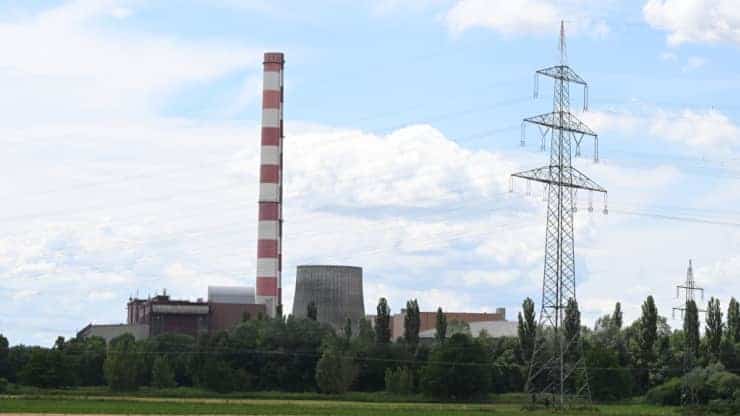Oil prices edged up about 1% to a two-week high in volatile trade on Tuesday as the market focused more on tight supplies and a weaker dollar than fears an economic slowdown will hit oil demand.
Brent futures finished the day 1% higher at $107.35 a barrel. U.S. West Texas Intermediate (WTI) crude settled 1.6% higher at $104.22 per barrel.
Brent was on track for its highest close since July 4 and WTI for its highest close since July 8.
Oil prices have whipsawed, supported by supply fears due to Western sanctions on Russia, but pressured by global central bank efforts to tame inflation which stoked fears that a potential recession could cut energy demand.
The U.S. dollar slid to a two-week low against a basket of other currencies, bolstering oil demand by making it less expensive for buyers using other currencies.
In a move that could pose a problem for supplies, Libya’s new National Oil Corp (NOC) chief Farhat Bengdara rejected challenges to his appointment and as work resumed at some shuttered fields and ports.
Last week, U.S. President Joe Biden visited top oil exporter Saudi Arabia, de facto leader of the Organization of the Petroleum Exporting Countries (OPEC), whose crude exports slipped in May to a four-month low at 7.050 million barrels per day (bpd).
Biden hoped to strike a deal on an oil production boost to tame fuel prices, but got no clear assurances from Saudi officials. The kingdom’s foreign minister said he saw no shortage of crude in the market, just a lack of refining capacity.
In the United States, expectations for an increase in crude inventories weighed on prices. Analysts polled by Reuters forecast crude inventories rose by 1.4 million barrels last week.
The American Petroleum Institute (API), an industry group, will issue its inventory report at 4:30 p.m. EDT (2030 GMT) on Tuesday. The U.S. Energy Information Administration (EIA) reports at 10:30 a.m. EDT (1430 GMT) on Wednesday.
The U.S. 3:2:1 and gasoline crack spreads – measures of refining profit margins – both fell to their lowest since April.
“Crack spreads continuing plunge of past four weeks to narrowest level since late April … suggesting weakening product demand,” said analysts at Ritterbusch and Associates, a consultancy.
Early in the session, oil prices fell on weak economic data from around the world.
New U.S. home-building activity fell in June to a nine-month low. In China, stocks closed lower with foreign investors dumping the most shares in more than a month. The International Monetary Fund warned that any Russian action to stop supplying Europe with natural gas would trigger economic contractions in several countries.
Yet flows of gas through the Nord Stream 1 pipeline from Russia to Germany spiked ahead of the end of annual maintenance as the operator carried out pressure tests.

